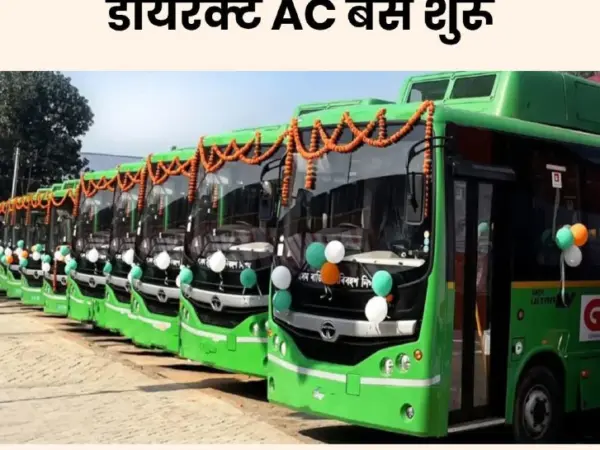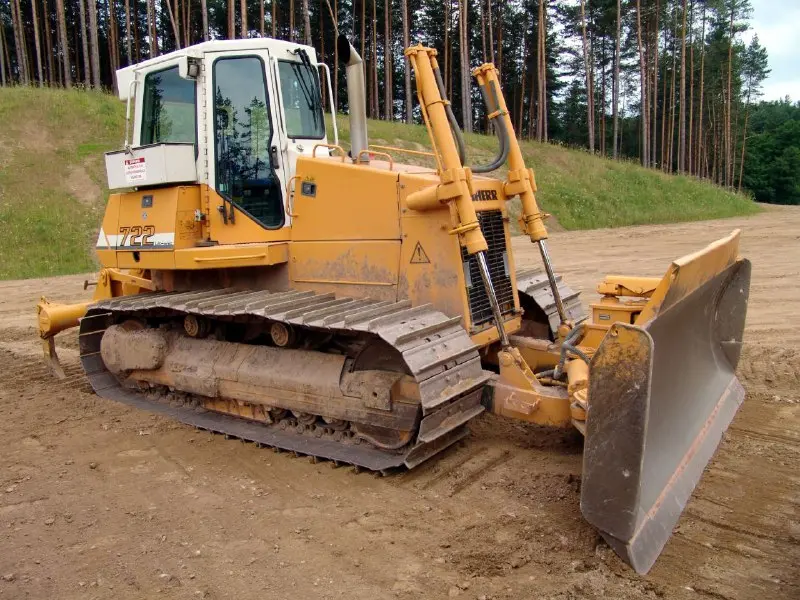New Delhi experienced the worst flooding in 45 years due to continuous water discharge from the Hathnikund barrage in Yamuna Nagar district of Haryana. The flooding was caused by the water flowing into major arteries like Ring Road and GT Karnal Road, as well as residential areas and the transport hub at Kashmere Gate. Three critical water plants had to be closed, and authorities were working to repair gates at the barrage and fix a collapsed DJB regulator near the Indraprastha Metro station.
The Central Water Commission (CWC) provided some hope, stating that the water level was expected to decrease gradually after reaching its peak. However, conflicting reports from Hathnikund and Uttar Pradesh created uncertainty among the residents of Delhi. Evacuation efforts were underway, with over 23,000 people already moved to government shelters.
The flooding caused waterlogging on roads, including knee-deep water on Ring Road near Rajghat and Rajpura Road. The low-lying areas near Kashmere Gate, including Civil Lines, were severely affected, with water entering 20 bungalows. Chief Minister Arvind Kejriwal’s residence was also located in this area. Other areas of north Delhi, such as Changi Ram Akhara, Sushruta Trauma Centre, and Shaheed Bhai Bal Mukund Government Sarvodaya Vidyalaya, were threatened by the advancing water.
East Delhi also experienced flooding, leading to traffic disruptions and the closure of the Geeta Colony cremation ground. Chief Minister Kejriwal urged residents to avoid unnecessary travel and work from home if possible. The government deployed motorboats for relief and rescue operations, and flyovers on Noida Link Road and the service road towards ITO were occupied by evacuated people.
As the flooding continued, residents requested compensation for their losses. Efforts were being made to provide essential services and support to affected individuals in relief centers across the city.
In summary:
★Continuous water discharge from Hathnikund barrage led to the worst flooding in 45 years in Delhi.
★Major arteries and residential areas were inundated, causing the closure of water plants and damage to infrastructure.
★Central Water Commission provided hope of a gradual decrease in water levels.
★Conflicting reports created uncertainty among residents.
★Evacuation efforts were underway, with over 23,000 people moved to government shelters.
★Waterlogging and flooding affected various areas, including Kashmere Gate, Changi Ram Akhara, and East Delhi.
★Chief Minister Kejriwal urged residents to avoid unnecessary travel and work from home.
★Motorboats were deployed for relief and rescue operations.
★Residents requested compensation for their losses.
Follow DelhiBreakings on Google News
Superfast News Coverage by DelhiBreakings.com team.
For Superfast national news and Delhi Breaking Stories visit us daily at https://delhibreakings.com





